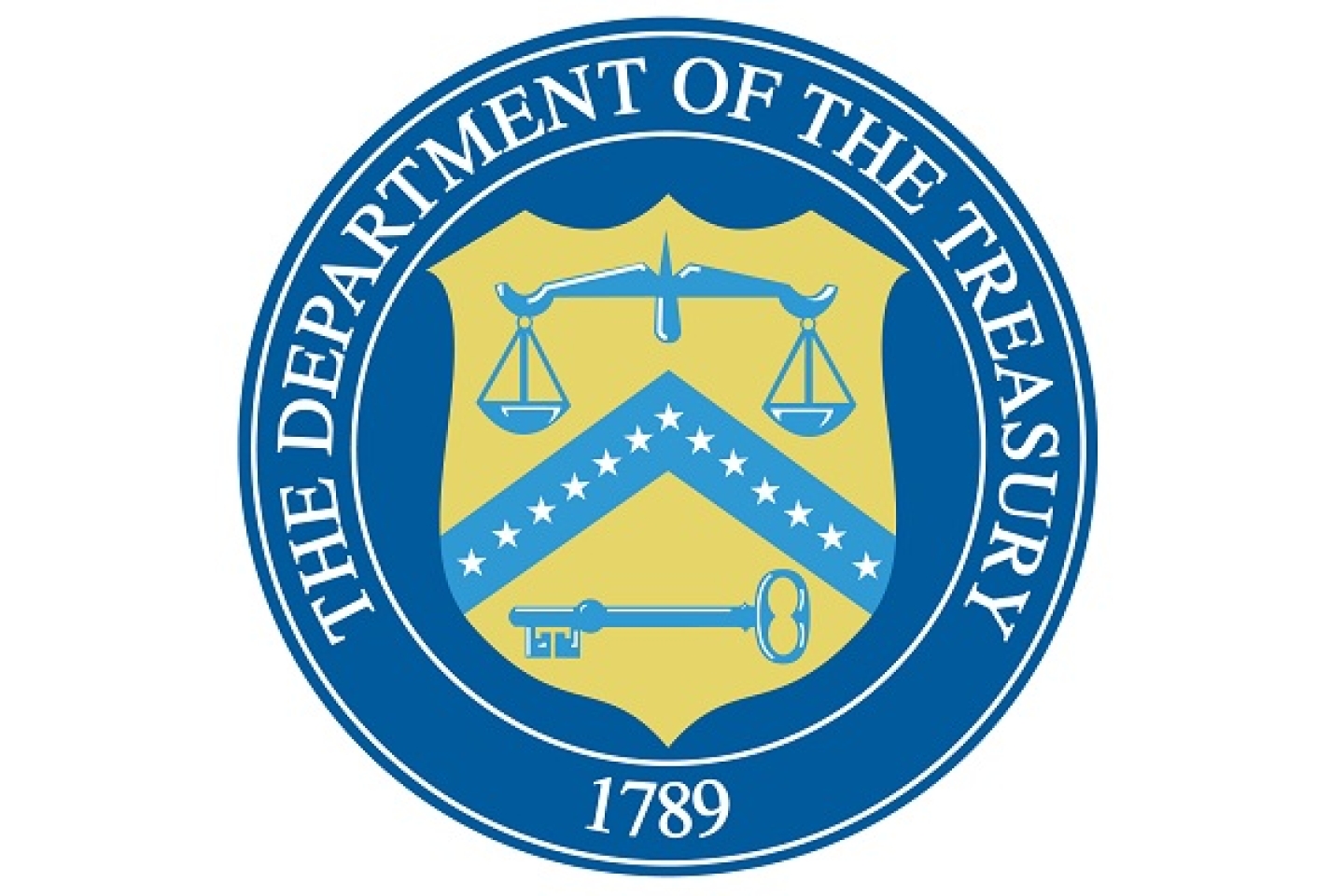New Treasury Data Shows ERA Progress, But “Every Unnecessary Eviction Is One Too Many”
As the Treasury Department prepares to take back some emergency rental assistance (ERA) funding, “nearly all” jurisdictions reported progress in getting out the aid during September, which was the first month after the Supreme Court overturned the federal eviction moratorium.
State and local governments distributed nearly $2.8 billion in ERA to more than 510,000 households last month —up from 459,000 in August. To date, more than $10 billion of the $46 billion in ERA made available by the Consolidated Appropriations Act of 2021 (ERA1) and the American Rescue Plan (ERA2) has been distributed.
“Together with the local moratoria and court diversion efforts that are part of the Biden administration’s all-of-government approach to keeping people safe and housed during the pandemic, the Emergency Rental Assistance program is on track to protect millions of Americans from eviction and to make over 3 million payments by the end of the year at the current rate,” the Treasury Department stated in a press release. “Data from Princeton University’s Eviction Lab suggest that there has been no major national spike in evictions after the federal moratorium came down, with evictions filings remaining below historical averages. That said, every unnecessary eviction is one too many, which is why Treasury continues to do everything it can to make sure assistance is reaching people who need it most.”
Earlier this month, the department laid out the reallocation process , which will start in mid-November, for taking back ERA funds from some communities that have been slow to use them and giving the money to communities that are more quickly distributing the federal aid to renters in need. Last month, the department released the remainder of the American Rescue Plan's ERA2 funding .
Treasury also reminded grantees that they can use Coronavirus State and Local Fiscal Recovery funds for rental assistance initiatives.
Below are some of the communities that reported significant spikes after adopting more of Treasury’s application and procedural flexibilities, streamlined operations, and reduced application backlogs:
- Los Angeles
- Illinois
- Minnesota, Michigan, and North Carolina
- City and County of Durham, North Carolina
Want more news like this? Join our mailing list.



